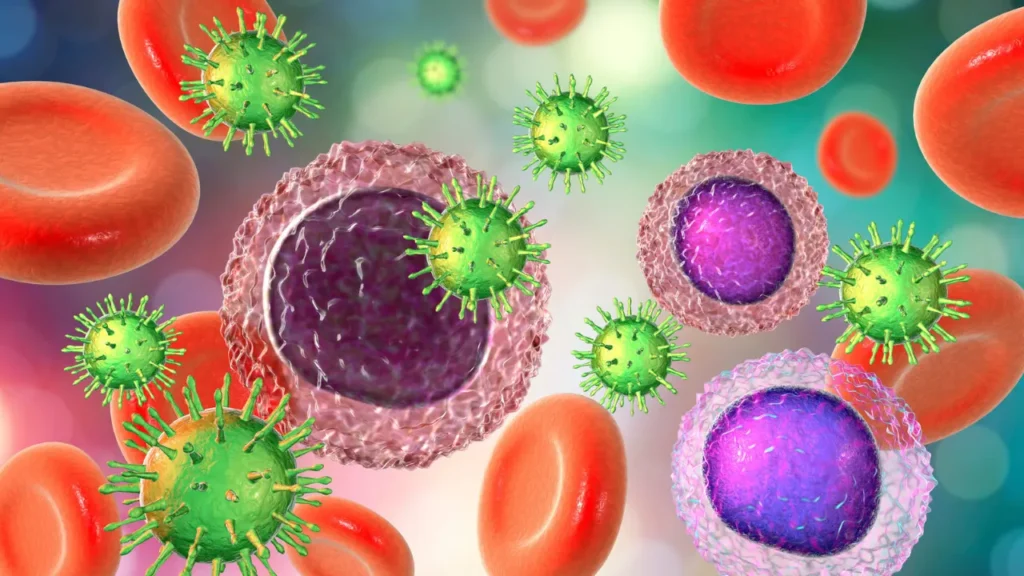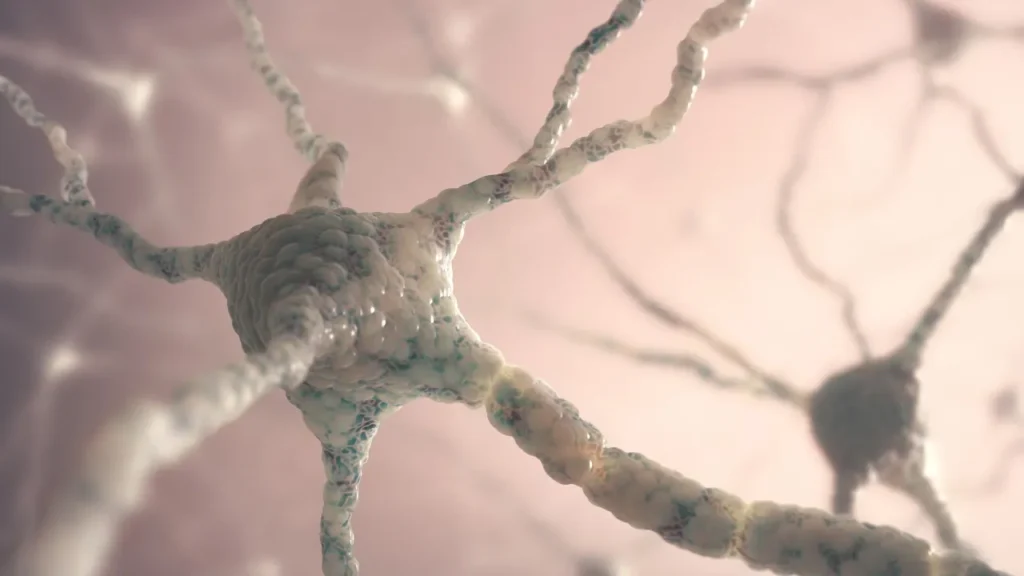Bee venom, the intricate concoction of physiologically active substances created by honeybees (apis mellifera), has received a lot of interest recently due to its possible health advantages. Bee venom is marketed as a nutritional supplement with anti-inflammatory, analgesic, and immunomodulatory properties. This article seeks to give a thorough explanation of bee venom’s properties, health advantages, recommended dosage, side effects, potential drug interactions, and responsible use. We will also explore the chemistry and physiological underpinnings of bee venom and how it affects the body and brain.
You May Also Like:
Keep Your Brain Young With the 5 Most Powerful Nootropic Supplements
Finding the Best Supplements for Brain Fog After COVID: 5 Top Brands Reviewed
Bee Venom: Benefits, Dosage, Side Effects, Drug Interactions, And Other Important Information is an original (NootropicsPlanet) article.
Nature of Bee Venom
Bee venom is made up of a complex mixture of proteins, peptides, enzymes, and low-molecular-weight substances. Melittin, phospholipase A2, hyaluronidase, histamine, dopamine, and other bio-active compounds make up the majority of its constituents. The most prevalent peptide, melittin, makes up roughly 50% of the dry weight of bee venom and is in charge of many of its pharmacological properties.
Health Benefits of Bee Venom
Bee venom has a wide range of health advantages due to its numerous constituents. The following are a few of the main advantages:
- Anti-Inflammatory Properties: Melittin, the main ingredient in bee venom, is well-known for its strong anti-inflammatory effects. Nuclear factor kappa B (NF-B), a crucial transcription factor involved in the inflammatory response, can be down-regulated as well as the generation of pro-inflammatory cytokines (Son et al., 2007).
- Analgesic Effects: Bee venom has historically been used to treat pain, and current research has shown that it has analgesic effects in both animal models and human clinical trials. According to Chen and Lariviere (2010), the analgesic effects are due to the stimulation of endogenous opioid release and the suppression of chemicals that cause pain, such as bradykinin and prostaglandin E2.
- Immunomodulatory Effects: Bee venom has been found to alter the way that the immune system responds by triggering particular immune cell subsets and altering cytokine production. For example, regulatory T cells, which are essential for preserving immunological tolerance and avoiding autoimmune disorders, can be produced when bee venom is administered (Kwon et al., 2016).
- Neuroprotective Effects: Studies have indicated that bee venom can possibly be neuro-protective, especially in neuro-degenerative illnesses like Parkinson’s and Alzheimer’s. According to research by Cho et al. (2012), melittin in particular has been shown to prevent the death of neuronal cells and lessen the aggregation of amyloid-beta, a main inhibitor of Alzheimer’s disease.

Chemistry of Bee Venom
As previously mentioned, bee venom is a complex blend of proteins, peptides, enzymes, and other bio-active components. The following are the main parts:
- Melittin: Melittin is a cationic amphipathic peptide, which makes up around 50% of the dry weight of bee venom, and it is the most plentiful and biologically active component.
- Lysophospholipids: Lysophospholipid and fatty acids are produced when membrane phospholipids are hydrolyzed by the enzyme phospholipase A2 (PLA2). Some of the harmful and pharmacological effects of bee venom are brought on by PLA2.
- Hyaluronidase: An enzyme that breaks down hyaluronic acid, is called hyaluronidase, which is a substance found in the extracellular matrix, which makes tissues more permeable and allowing other venom components to diffuse more easily.
- Histamine: A biogenic amine that increases vascular permeability, vasodilation, and smooth muscle contraction in addition to causing pain and inflammation in response to bee stings is called histamine.
- Dopamine: Dopamine is a neurotransmitter that influences how pain is perceived and is involved in the local vasoconstriction and the pain that bee stings produce.
- Additional Ingredients: Bee venom contains a number of minor ingredients, including the neurotoxic apamin, the peptide that causes mast cells to granulate, adolapin, protease inhibitors, and several other peptides and low-molecular-weight substances.
Physiological Properties of Bee Venom
Bee venom’s therapeutic benefits are caused by a variety of physiological properties, including the interaction of its constituent parts with different cellular targets and signaling pathways.
- Anti-Inflammatory Mechanisms: Melittin, the main component of bee venom, inhibits the synthesis of pro-inflammatory cytokines such as tumor necrosis factor-alpha (TNF-alpha) and interleukin-1 beta (IL-1 beta), which have powerful anti-inflammatory effects. NF-B, a transcription factor that controls the expression of multiple inflammatory genes, is likewise inhibited by melittin (Son et al., 2007).
- Analgesic Mechanisms: Bradykinin and prostaglandin E2 are two pain-inducing chemicals that are inhibited by bee venom, and endogenous opioid release is stimulated. Additionally, transient receptor potential vanilloid 1 (TRPV1) ion channels, which are implicated in the perception of pain and inflammation, can be modulated by bee venom (Chen & Lariviere, 2010).
- Immunomodulatory Mechanisms: Bee venom can influence the immune system by triggering particular immune cell subsets and altering cytokine production. For instance, regulatory T cells, which are essential for preserving immunological tolerance and avoiding autoimmune disorders, can be produced when bee venom is administered (Kwon et al., 2016).
- Neuro-protective Processes: Melittin has been demonstrated to have neuro-protective effects by preventing the death of neuronal cells and preventing the accumulation of amyloid-beta, a protein linked to Alzheimer’s disease (Cho et al., 2012). Bee venom may also alter several neurotransmitter systems, such as glutamate and dopamine, which could add to its neuro-protective effects.

Optimal Dosage of Bee Venom
The ideal bee venom dosage for therapeutic use relies on a number of variables, including your age, weight, general health, and the illness being treated. There isn’t yet a defined dosage for bee venom therapy that is recognized worldwide. However, in clinical trials, a typical bee venom acupuncture therapy entails injecting 0.1–1.0 g/point with a total treatment dose ranging from 1–15 g (Kwon et al., 2016). To determine the best dosages for various indications and demographics, more research is required.
Side Effects of Bee Venom
Bee venom may have health benefits, but some people can experience negative side effects. Local symptoms at the injection or application site, such as discomfort, swelling, redness, and itching, are typical side effects. There may also be systemic effects, such as fever, headaches, and weariness.
Rarely, bee venom can result in severe allergic reactions, such as anaphylaxis, a potentially fatal condition marked by breathing difficulties, a rapid heartbeat, and a drop in blood pressure. Bee venom therapy or items containing bee venom should not be used by those who are known to be allergic to bee stings or bee venom.

Potential Substance Interactions with Bee Venom
Even though there hasn’t been much research on the possible interactions between bee venom and other substances, care should be taken while using bee venom therapy in conjunction with specific prescription drugs or dietary supplements. Among the possible interactions are:
- Anticoagulants and Antiplatelet Drugs: When used with anticoagulants or anti-platelet drugs like warfarin, heparin, or aspirin, such as bee venom may increase the risk of bleeding. If you are on any of these medications, talk to a doctor before using bee venom.
- Immunosuppressive Medications: The immunomodulatory effects of bee venom may counteract the effects of immunosuppressant medicines like corticosteroids or cyclosporine. Discuss the potential dangers and advantages of bee venom with your healthcare physician if you are undergoing immunosuppressant therapy.
- Nonsteroidal Anti-inflammatory Medicines (NSAIDs): Bee venom contains anti-inflammatory properties, so using it along with NSAIDs like ibuprofen or naproxen can greatly boost their effects and raise the risk of side effects. A healthcare practitioner must be consulted before combining these therapies.
Responsible Use of Bee Venom
Follow these recommendations to guarantee the responsible and safe use of bee venom as a dietary supplement:
- Before taking bee venom, speak with a medical expert, especially if you have a history of allergies to bee stings or bee products, are pregnant or nursing, or have a medical condition that requires other treatment.
- To reduce the chances of negative responses, start with a modest dose and gradually increase it.
- Keep an eye out for any symptoms of an allergic reaction, such as wheezing, a fast heartbeat, or a drop in blood pressure. If you encounter any of these symptoms, get help right away.
- Make sure you select goods and products from recognized producers who follow stringent quality control guidelines and offer a certificate of analysis attesting to the strength and purity of the bee venom.

Bee Venom:
Conclusion
If you are interested in bee venom therapy, it is important to take into consideration all side effects and health benefits that come along with it, and it is especially important to remember bee venom is a common allergic stimulant. You may or may not be aware if you are allergic if you have never been stung by a bee before. If you are considering undergoing bee venom therapy, ensure that the practitioner is licensed, experienced, and follows proper sterilization and safety procedures. As always, just as with any other supplement or treatment, always talk to your doctor first before beginning a been venom regimen.
References:
- Bee Venom: A Natural Alternative to Pain Relief? WebMD. Retrieved from: https://www.webmd.com/vitamins/ai/ingredientmono-972/bee-venom
- Bee Venom: Components, Mechanisms, and Therapeutic Potential. Medical News Today. Retrieved from: https://www.medicalnewstoday.com/articles/321218
- Honeybee Venom: Composition, Health Benefits, and Medical Uses. Rx list. Retrieved from: https://www.rxlist.com/supplements/bee_venom.htm
Important Note: The information contained in this article is for general informational purposes only, and should not be construed as health or medical advice, nor is it intended to diagnose, prevent, treat, or cure any disease or health condition. Before embarking on any diet, fitness regimen, or program of nutritional supplementation, it is advisable to consult your healthcare professional in order to determine its safety and probable efficacy in terms of your individual state of health.
Regarding Nutritional Supplements Or Other Non-Prescription Health Products: If any nutritional supplements or other non-prescription health products are mentioned in the foregoing article, any claims or statements made about them have not been evaluated by the U.S. Food and Drug Administration, and such nutritional supplements or other health products are not intended to diagnose, treat, cure, or prevent any disease.


